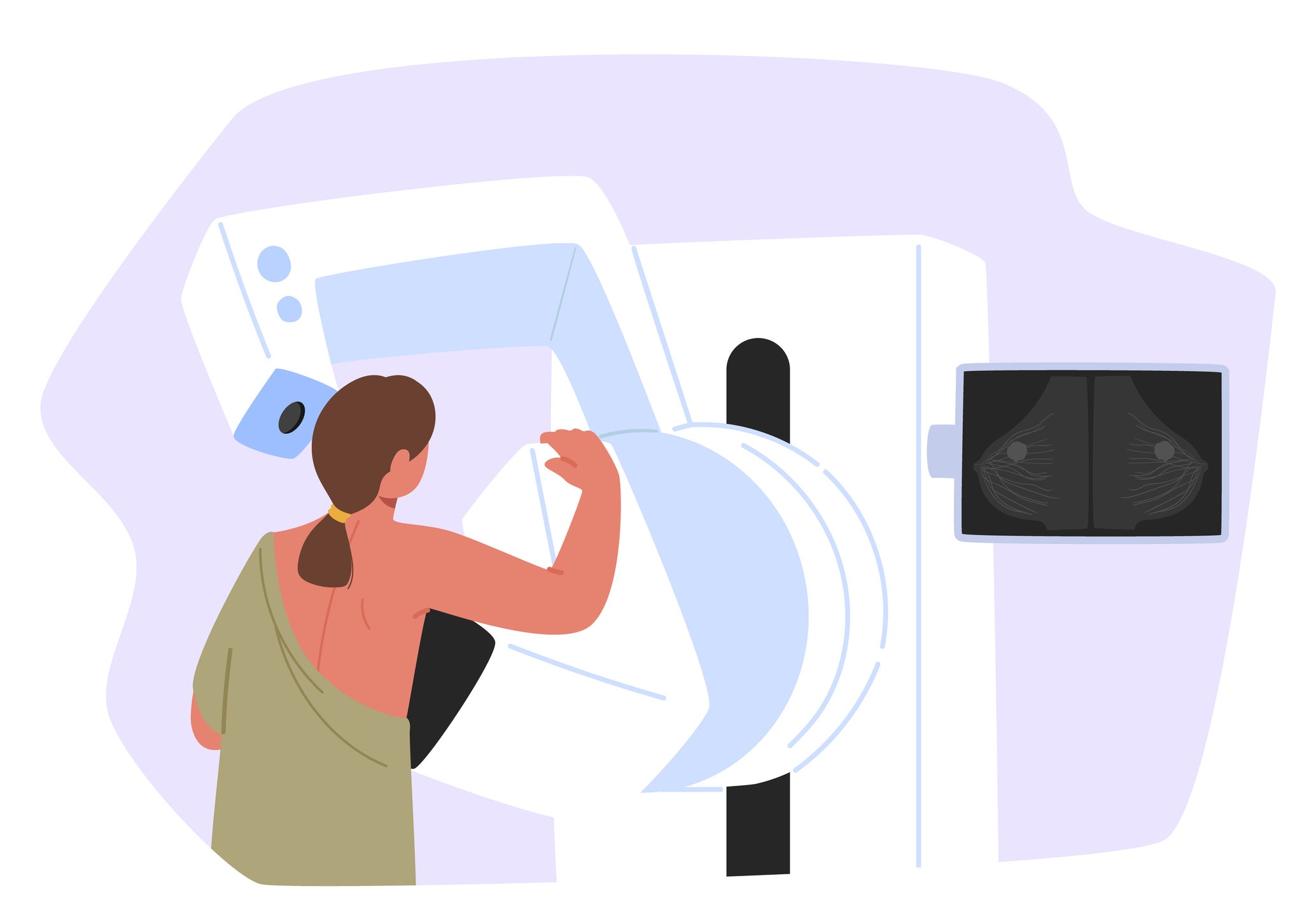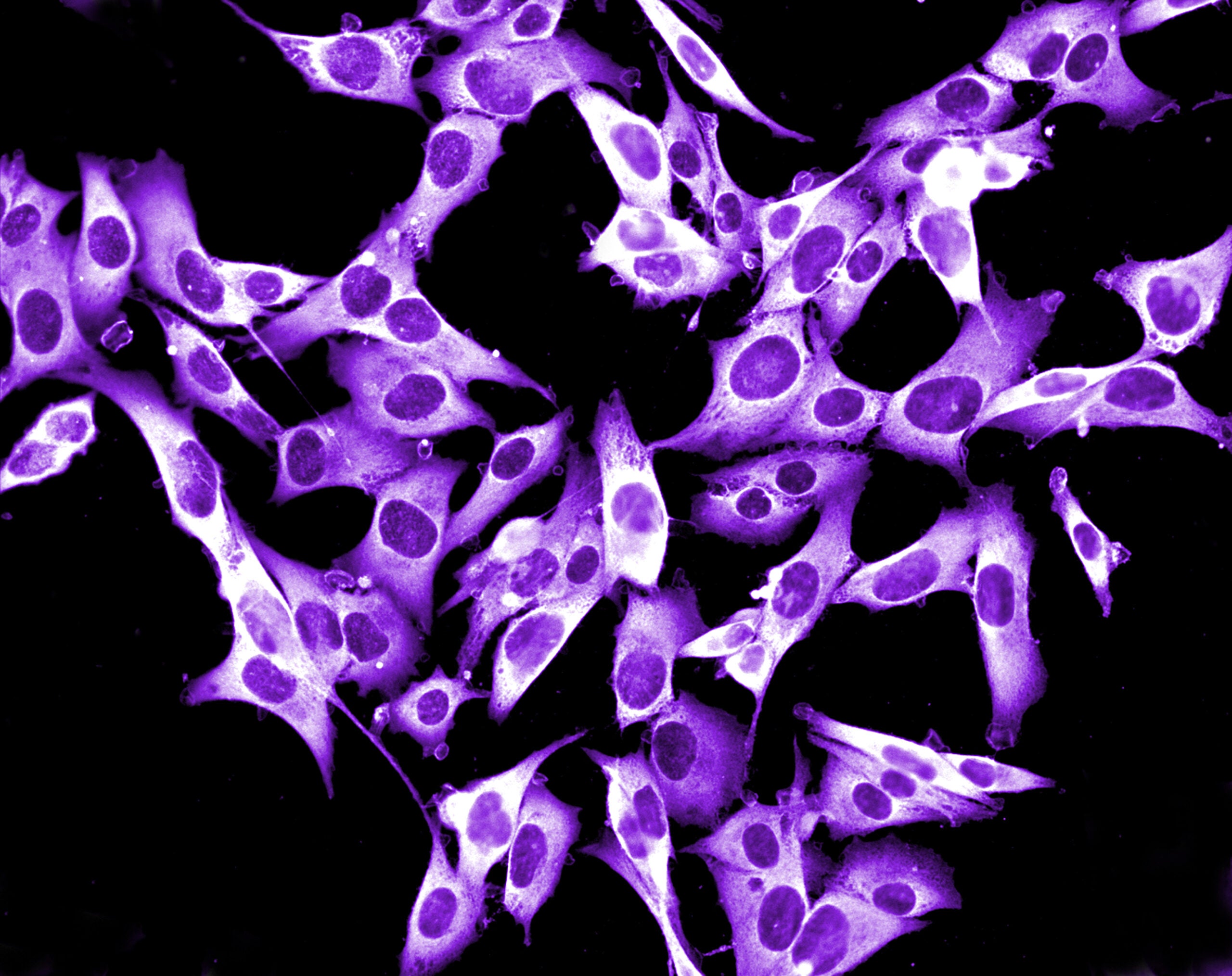Cancer screening disparities persist in U.S. despite overall gains

Screening for breast, cervical, and colorectal cancer has increased overall in the U.S.—but disparities between regions persist, with disadvantaged communities most likely to have low screening rates, according to a new study from researchers at Harvard T.H. Chan School of Public Health.
The study was published Oct. 17 in JAMA Network Open. It was led by Pranoti Pradhan, former postdoctoral fellow. Timothy Rebbeck, Vincent L. Gregory, Jr. Professor of Cancer Prevention and director of the Zhu Family Center for Global Cancer Prevention, was a co-author.
Geographic variation in rates of cancer screening are understudied, despite these patterns being crucial to understanding why the U.S. continues to fall short of meeting its national screening goals. To fill this gap, the researchers conducted one of the first nationwide examinations of county-level prevalence of screening for breast, cervical, and colorectal cancer. They used data from the Behavioral Risk Factor Surveillance System and the National Health Interview Survey from 1997 to 2019 to estimate cancer screening rates in every county of the contiguous U.S., and used data from the 2000 U.S. Census to understand the socioeconomic characteristics of each county.
The study found that breast, cervical, and colorectal cancer screenings increased overall over the course of the study period, leading to more even cancer screening rates across counties. The distribution of mammography screening, for example, became 83% more uniform. However, disparities persisted between regions, with high screening prevalence in the Northeast and lower prevalence in the Southwest. Low screening rates tended to be associated with socioeconomic disadvantage, the researchers found.
They noted that further research is needed to expand on these findings. “Future studies could incorporate health care access characteristics to explain why areas of low screening did not catch up to optimize cancer screening practices,” the researchers wrote.
Read the study:
Read Medscape coverage of the study:
Geographic Clusters Show Uneven Cancer Screening in the US


